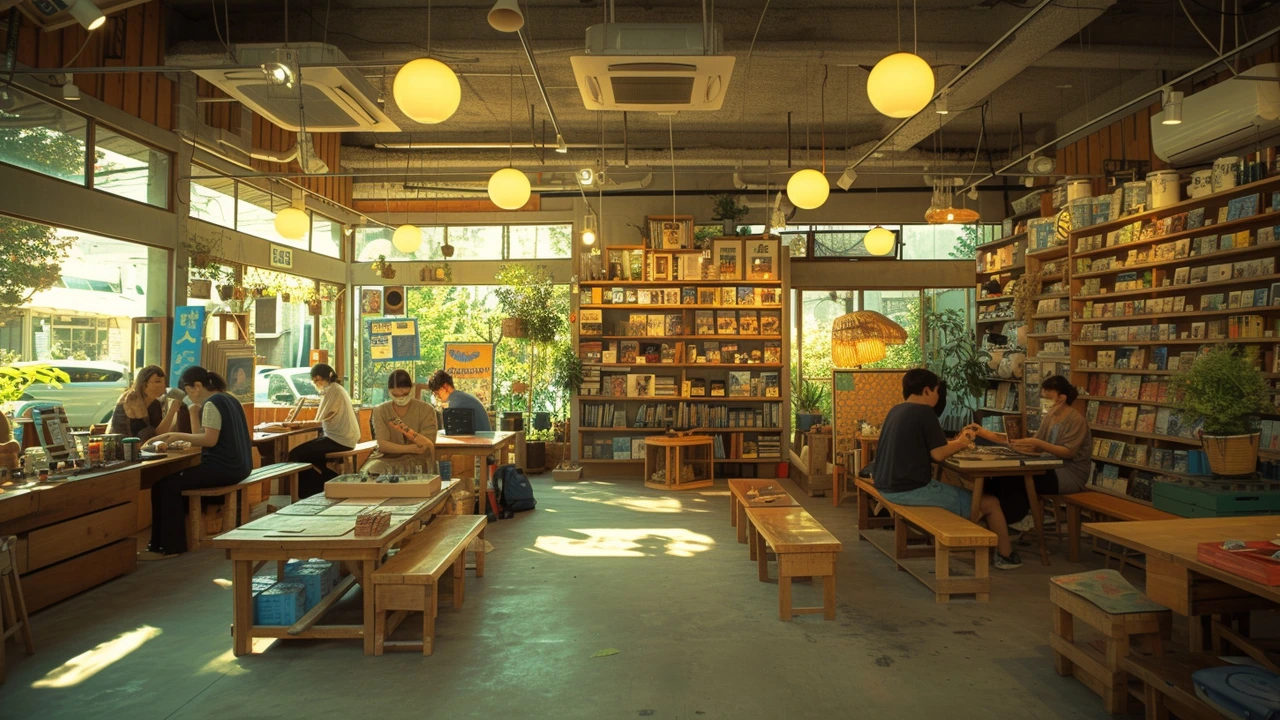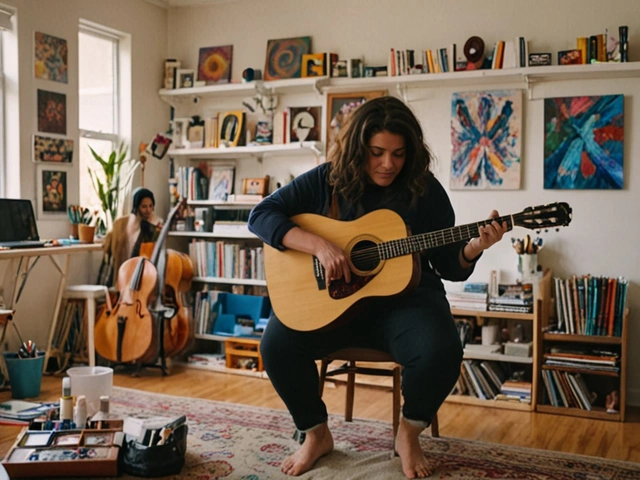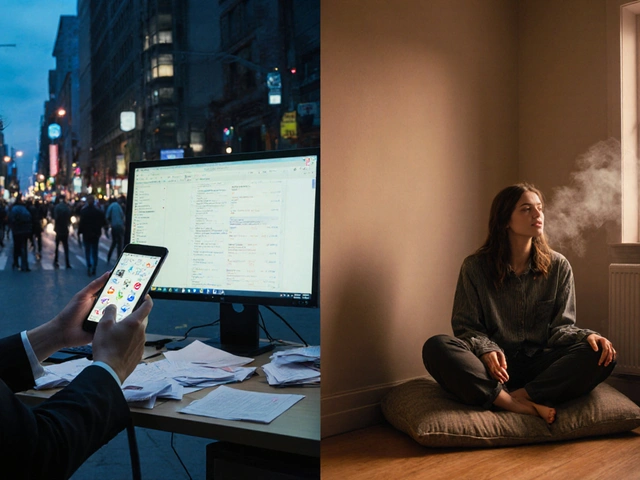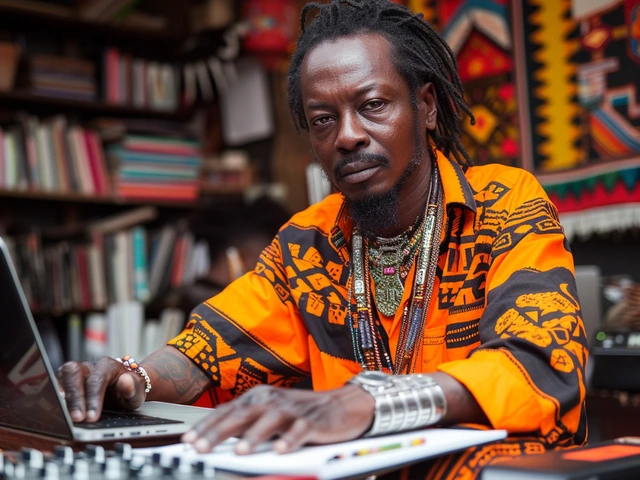Therapeutic Power of Creativity: Use Art, Music, Movement to Heal
Creativity isn't just for artists — it's a practical, low-cost way to lower stress, clear your mind, and support recovery. When you paint, hum, move, or write, your brain shifts out of fight-or-flight and into problem-solving and repair. That shift helps sleep, reduces pain perception, and improves mood. You don't need talent or a big time slot; small, regular creative actions work.
Start with one simple habit: a five-minute creative break each day. Doodle while on a call, play one favorite song while making coffee, or write three quick lines about your day. These tiny acts change your nervous system. Science shows even brief creative activity increases dopamine and the brain's neuroplasticity—helping you feel focused and motivated.
Practical Creative Tools for Stress and Recovery
Art: Use nonjudgmental drawing to name feelings. Try a color mood map: pick colors for calm, anger, joy, and fill a page without planning. It helps externalize emotions and lowers rumination.
Music: Create a short playlist for specific goals — energize, relax, or sleep. Singing or humming for five minutes slows breathing and boosts vagal tone, which calms the body. Try humming for 60 seconds before bed to drop heart rate.
Movement: Gentle dance, tai chi, or simple shoulder rolls reconnect body and mind. Move with curiosity rather than effort. A 10-minute movement break after sitting eases stiffness and clears mental fog.
Writing: Try a focused journaling prompt: "What I need right now" or "Three small wins today." Writing organizes thinking, reduces anxiety, and improves problem solving. Use a timer for five minutes to keep it simple.
How to Make Creativity Work for Health
Pair creativity with other recovery tools. Do a short body scan, then draw what you felt. Use biofeedback apps while listening to calming music to see your heart rate drop. Combine creative sessions with massage or aromatherapy for deeper relaxation.
Keep it tiny and consistent. Aim for 3–10 minutes daily rather than rare long sessions. Track what helps: mood, sleep quality, pain levels, or focus. Small wins build habit and compound over weeks.
Make the space safe. Give yourself permission to be messy and imperfect. Remove judgment by using a timer or following a prompt. If creative blocks show up, switch medium — paint instead of write, or sing instead of draw.
Use creativity with others. Group art or music sessions increase social support and reduce loneliness, which boosts recovery. Try swapping a five-minute creative prompt with a friend to stay accountable and get new ideas.
If you have chronic pain or trauma, combine creative work with professional care. Therapists trained in creative arts therapies can guide you safely through intense emotions. Creativity is powerful, but it can also surface hard feelings.
Creativity heals through hands-on change: it shifts attention, regulates the nervous system, and builds meaning. Start small, try a few tools, and watch how regular creative moments improve mood, ease stress, and support your body's healing. Give creativity time; benefits grow over months.

The Therapeutic Power of Creativity: An Insight into Creative Arts Therapies
As an ardent supporter of the arts, I've been quite amazed by the therapeutic power they possess. Today, I'd like to explore the world of Creative Arts Therapies, a unique blend of art and psychology that is immensely helping in healing. It's intriguing how painting, dancing or just drumming can soothe our spirits and heal our minds, right? Let's dig deep into this innovative therapy and understand how creativity can boost our mental health. Join me on this fascinating journey!

How Creative Arts Therapies Are Transforming Lives
Jul, 11 2024

How a Calmness Practice Revitalizes Your Life
Oct, 17 2025

Rungu: The Tribal Weapon You've Never Heard Of
Aug, 8 2023

